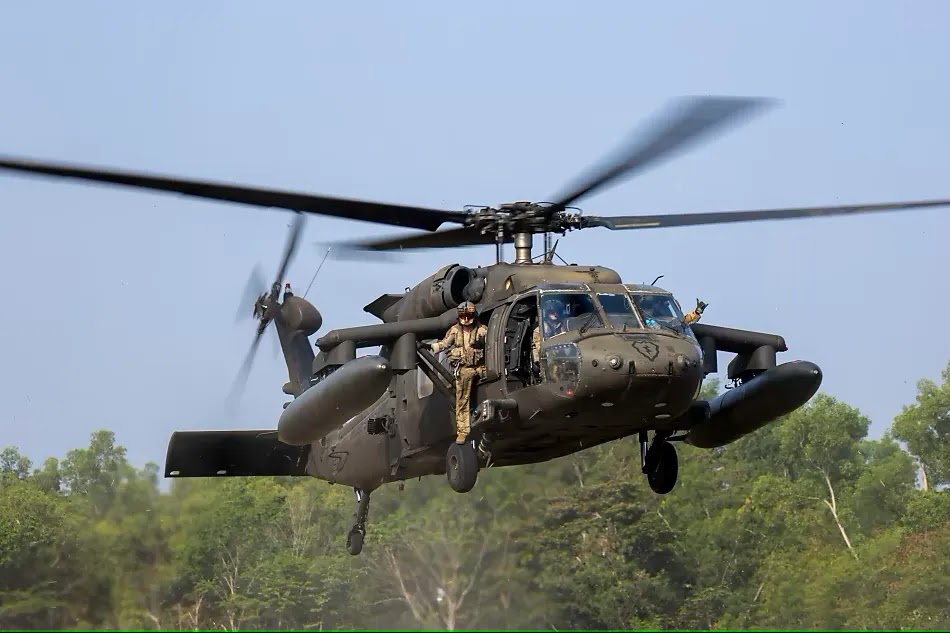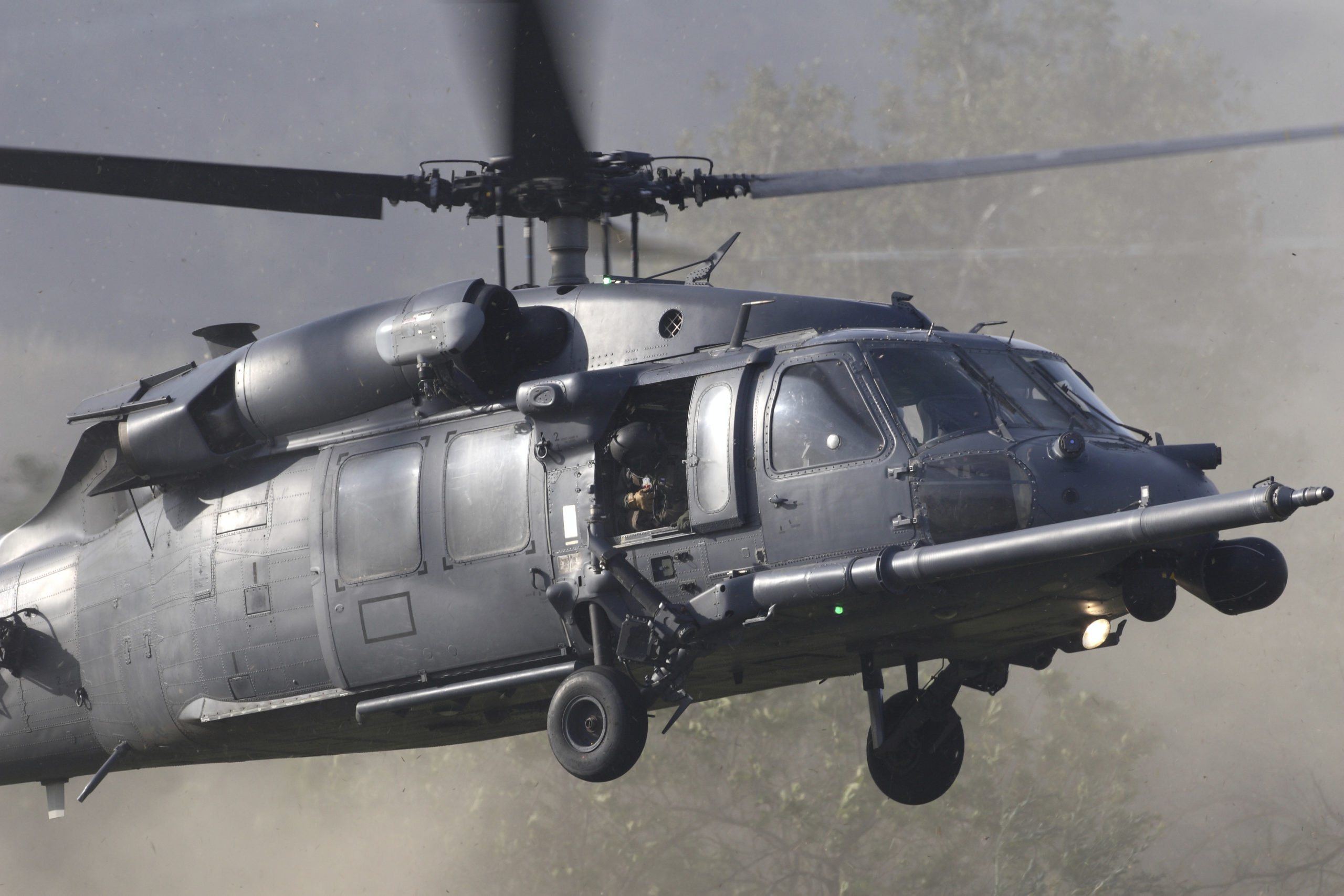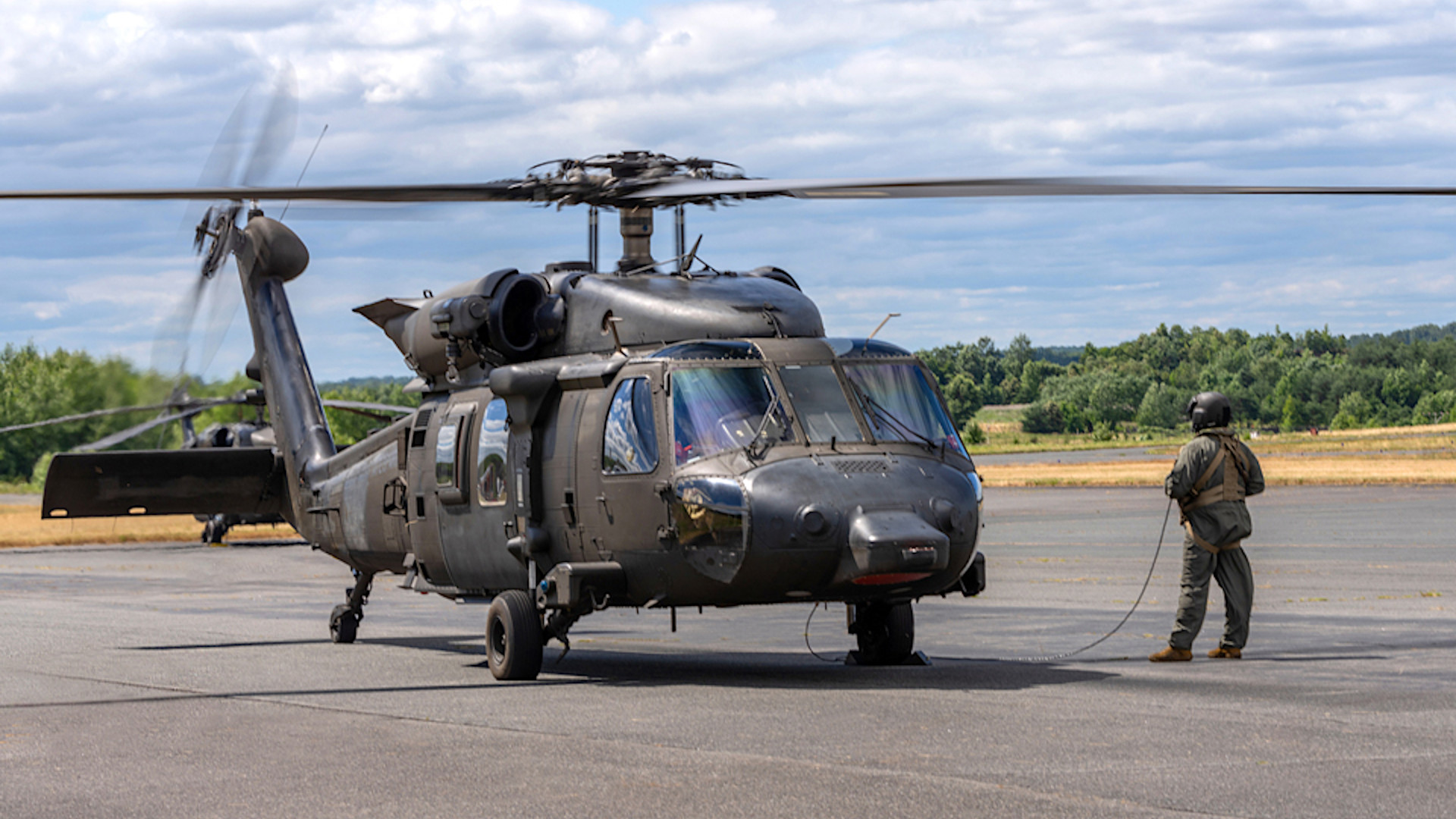Why the UH 60 Helicopter is Critical for Modern Military Operations
Why the UH 60 Helicopter is Critical for Modern Military Operations
Blog Article
Everything You Need to Find Out About the UH 60 Helicopter
The UH-60 helicopter, a foundation of U.S. Army air travel because its launching in 1979, stands for an impressive mix of engineering and functional adaptability. Understood for its exceptional rate and variety, the UH-60 has been adapted for various goals, from troop transportation to medical evacuation. As army demands progress, so too does the helicopter, with ongoing improvements intended at boosting its abilities and integrating modern innovations. To totally appreciate the value of the UH-60 in contemporary armed forces operations, one should consider its background, design, and the future technologies that might redefine its function.
History of the UH-60
Developed in the late 1970s, the UH-60 Black Hawk helicopter became a response to the U.S. Military's demand for a flexible utility helicopter that could do a selection of objectives under difficult problems. The incentive for its layout was the imperfections identified in the earlier helicopters utilized throughout the Vietnam Battle, particularly in regards to rate, ability to move, and survivability.
The Black Hawk was developed by Sikorsky Airplane, integrating innovative innovations and products to boost its performance and longevity. It was formally presented into service in 1979, quickly coming to be a critical possession for military procedures - uh 60. Its capability to deliver troops, medical discharge, and logistical support in both combat and altruistic goals made the Black Hawk a very useful component of the U.S. Military's aeronautics fleet
Throughout the decades, the UH-60 has been continuously updated, adapting to the altering nature of warfare and the advancing requirements of modern-day army procedures. Its functional background consists of participation in significant problems, peacekeeping goals, and calamity alleviation initiatives, solidifying its track record as a efficient and trusted helicopter in various settings worldwide.

Design and Requirements
The design of the UH-60 Black Hawk helicopter consistently shows a commitment to functional effectiveness and convenience. Established by Sikorsky Airplane, this medium-lift utility helicopter features a streamlined, wind resistant body that enhances speed and maneuverability. Its tandem blades system, defined by two counter-rotating blades, reduces resonance and enhances lift capacity, enabling safer procedures in diverse settings.
The UH-60 is powered by two T700-GE-701C turboshaft engines, supplying an optimum rate of roughly 180 knots and a series of around 400 nautical miles. Its robust airframe is created from sophisticated composite materials, ensuring sturdiness while maintaining a reasonably reduced weight. The helicopter has an optimum gross weight of concerning 22,000 extra pounds, sustaining a versatile haul configuration.

Missions and functions
A functional system, the UH-60 Black Hawk helicopter serves a plethora of functions and objectives within armed forces operations. Developed largely for army transportation, it is capable of bring up to 11 soldiers, making it an essential possession for rapid implementation and logistical support.
In enhancement to army transportation, the UH-60 masters medical emptying (MEDEVAC) goals, furnished with innovative clinical equipment to give vital treatment throughout transportation. Its capacity to run in varied atmospheres enhances its performance in combat search and rescue (CSAR) procedures, where swift extraction of personnel is essential.
The helicopter also plays a significant duty in reconnaissance and surveillance missions, utilizing onboard sensing units and equipment to debrief. Its versatility prolongs to logistical support, qualified of delivering materials and equipment to onward operating bases.
In battle procedures, the UH-60 can be outfitted with various weapon systems, allowing it to provide close air assistance. Its multi-role capability makes the Black Hawk an indispensable tool for modern military forces, adapting seamlessly to the advancing needs of combat zone circumstances and ensuring objective success throughout an array of operational contexts.
Efficiency and Capabilities
Known for its robust performance, the UH-60 Black Hawk helicopter boasts remarkable capacities that boost its operational effectiveness across numerous objectives. uh 60. This multi-role aircraft is geared up with powerful twin-engine Turbomeca Arriel 1D1 engines, supplying exceptional rate and ability to move, with an optimum cruise ship rate of around 150 knots and an operational variety of around 400 maritime miles
The Black Hawk's advanced avionics and fly-by-wire control systems significantly boost trip safety and handling, permitting it to operate in diverse atmospheres, my company consisting of damaging weather. Its adaptability is more exhibited by its ability to lug up to 11 totally equipped soldiers or a haul of roughly 8,000 extra pounds, making it optimal for army transport, clinical evacuation, and logistical assistance objectives.
Furthermore, the UH-60 is developed for survivability, including reinforced airframes, ballistic defense for crew and travelers, and advanced countermeasure systems to evade threats. The helicopter's dexterity and rate, incorporated with its capacity for rapid release, make it an indispensable property in contemporary army operations, guaranteeing that it stays a crucial element of tactical air assistance and battleground movement.
Future Dope

One considerable emphasis is the combination of advanced avionics systems, which will certainly improve situational recognition through boosted navigation and interaction capabilities. This consists of the possible use of expert system to assist pilots in decision-making and objective preparation.
In addition, future variants may include innovative products and design functions to boost the helicopter's durability and minimize its radar signature, boosting survivability in contested environments.
The intro of hybrid-electric propulsion systems is additionally coming up, intending to enhance fuel performance and minimize logistical concerns. Such developments could extend operational array and decrease the helicopter's ecological impact.

Conclusion
The UH-60 helicopter represents a substantial advancement in military aviation because its intro in 1979. Its durable style, flexible capacities, and continual upgrades guarantee its significance in numerous operational functions, consisting of army transport and medical evacuation. As innovation proceeds, future developments will likely enhance its efficiency via the integration of man-made intelligence and hybrid-electric systems. The UH-60's withstanding visibility highlights its important role in modern-day military operations and highlights the ongoing advancement of military air travel innovation.
The UH-60 helicopter, a keystone of U.S. Army air travel since its launching in 1979, stands for a remarkable blend of get redirected here engineering and functional versatility. As armed forces requirements progress, so also does the helicopter, with ongoing innovations intended at enhancing its capabilities and integrating modern see this site technologies.The layout of the UH-60 Black Hawk helicopter constantly reflects a dedication to functional performance and flexibility. Developed by Sikorsky Aircraft, this medium-lift utility helicopter includes a sleek, wind resistant fuselage that boosts speed and maneuverability.The UH-60 helicopter stands for a considerable advancement in military air travel because its intro in 1979.
Report this page